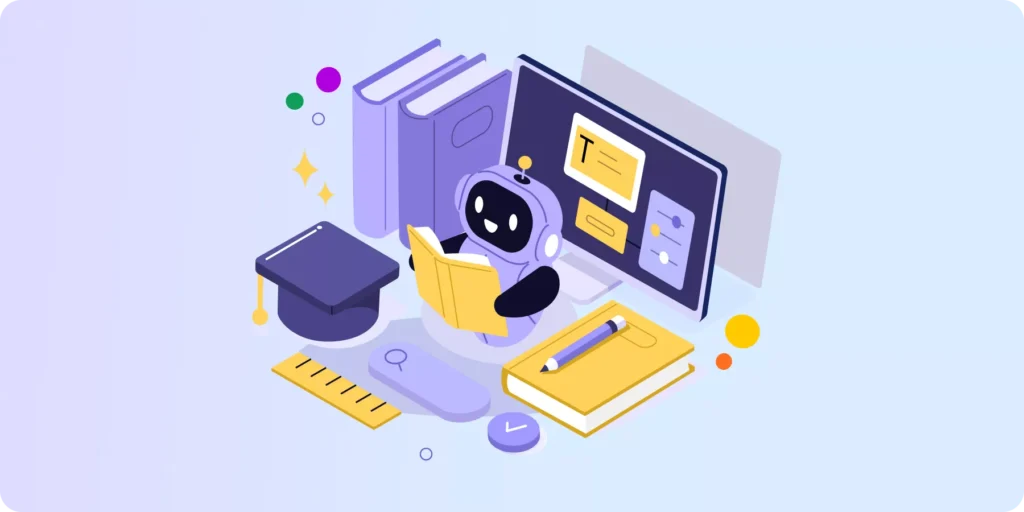In our digital age, where Google Workspace is integral to educational environments, the importance of robust web filtering software in schools is more crucial than ever.
This type of software plays a major role in ensuring online safety and legal compliance, particularly in adherence to the Children’s Internet Protection Act (CIPA).
This post explores how to select the ideal web filtering solution for your school, focusing on key essentials such as meeting legal requirements, ensuring safety, and supporting educational needs.
Understanding CIPA Compliance
The Children’s Internet Protection Act (CIPA) is a key law impacting almost every public school district and library in the U.S.
While enacted to address concerns about minors accessing harmful content online, CIPA compliance is intertwined with E-Rate funding, which assists schools in obtaining affordable internet access.
Schools must adopt an Online Safety Policy that employs web filtering technology to block obscene material, ensuring the security of students’ personal information and their mental and physical well-being.
CIPA Requirements: Beyond Filtering
According to the FCC, schools must have an internet safety policy addressing:
- Inappropriate Content: Blocking web content considered obscene, harmful, or illegal.
- Unlawful Activities: Preventing unlawful internet use, such as hacking or distribution of child pornography.
- Unauthorized Disclosure: Preventing unauthorized use and dissemination of personal information regarding minors.
- Internet Safety: Ensuring the safety of children using electronic communication tools.
The Balancing Act: Safety and Access
Choosing the right web filtering software involves a delicate balance. While it’s crucial to safeguard students from harmful online content, it’s equally important to ensure that educational resources remain accessible.
The effectiveness of web filtering software lies in its ability to maintain this balance, fostering a safe yet resource-rich digital learning environment.
Customization and Flexibility in Web Filtering
The diversity of educational needs calls for customizable web filtering software.
Schools require the flexibility to tailor their web filters to suit their unique educational contexts. By doing so, they ensure the software supports their needs rather than hinders the learning process.
Choosing the Right Web Filtering Software for Your School
Google admins should consider these factors when selecting web filtering software to enhance their Google Workspace environment:
▪️ Customization and Flexibility: Look for software that offers customizable filtering options to suit your school’s unique needs. For example, the ability to block certain social media sites during school hours while allowing educational YouTube channels.
▪️ User-Friendliness: Choose a solution that is easy for Google admins and educators to use and manage.
▪️ Compliance with Legal Standards: Ensure the web filtering software complies with legal requirements such as CIPA. This could mean having predefined filtering categories that automatically block access to sites with adult content or violent material, ensuring compliance.
▪️ Safety Features: The web filtering software should include features like real-time content filtering to block harmful sites and the ability to whitelist educational resources. Additionally, look for features such as keyword monitoring to flag potential issues like cyberbullying.
▪️ Support and Training: Consider the level of support and training provided by the web filtering software vendor.
A Comprehensive Web Filtering Software Solution for Schools
GAT Labs deeply understands the needs of Google Workspace in educational settings. GAT Shield is designed to offer schools a compliant and customizable web filtering solution.
It goes beyond just meeting legal requirements; it enhances digital citizenship and supports an effective educational ecosystem.
Key Features of GAT Shield:
- Site Control Rules: Customizable access controls for websites across users and groups.
- Instant Site Categorization: Quick deployment of rules with pre-defined URL categories.
- Alerts and Control: Real-time alerts and actions for rule violations or unauthorized access.
- Insightful Student Reports: Detailed URL access reports for monitoring student online behavior.
- App and Communication Control: Restrict and monitor app usage, including Gmail and YouTube, with options to disable Google Chat and Meet.
- Porn Image Blocking: AI-powered image analysis for blocking inappropriate content.
- Real-Time Web Monitoring: Monitor the browsing history of users and groups in real time.
Conclusion
The journey through the intricate landscape of web filtering software in education demands careful consideration. Moreover, schools must choose a solution that not only meets legal standards but also enhances and enriches student learning.
Finally, let GAT be your guide in this vital task. Book a demo now to discover how our solutions can elevate your organization’s digital safety.
Insights That Matter. In Your Inbox.
Join our newsletter for practical tips on managing, securing, and getting the most out of Google Workspace, designed with Admins and IT teams in mind.






